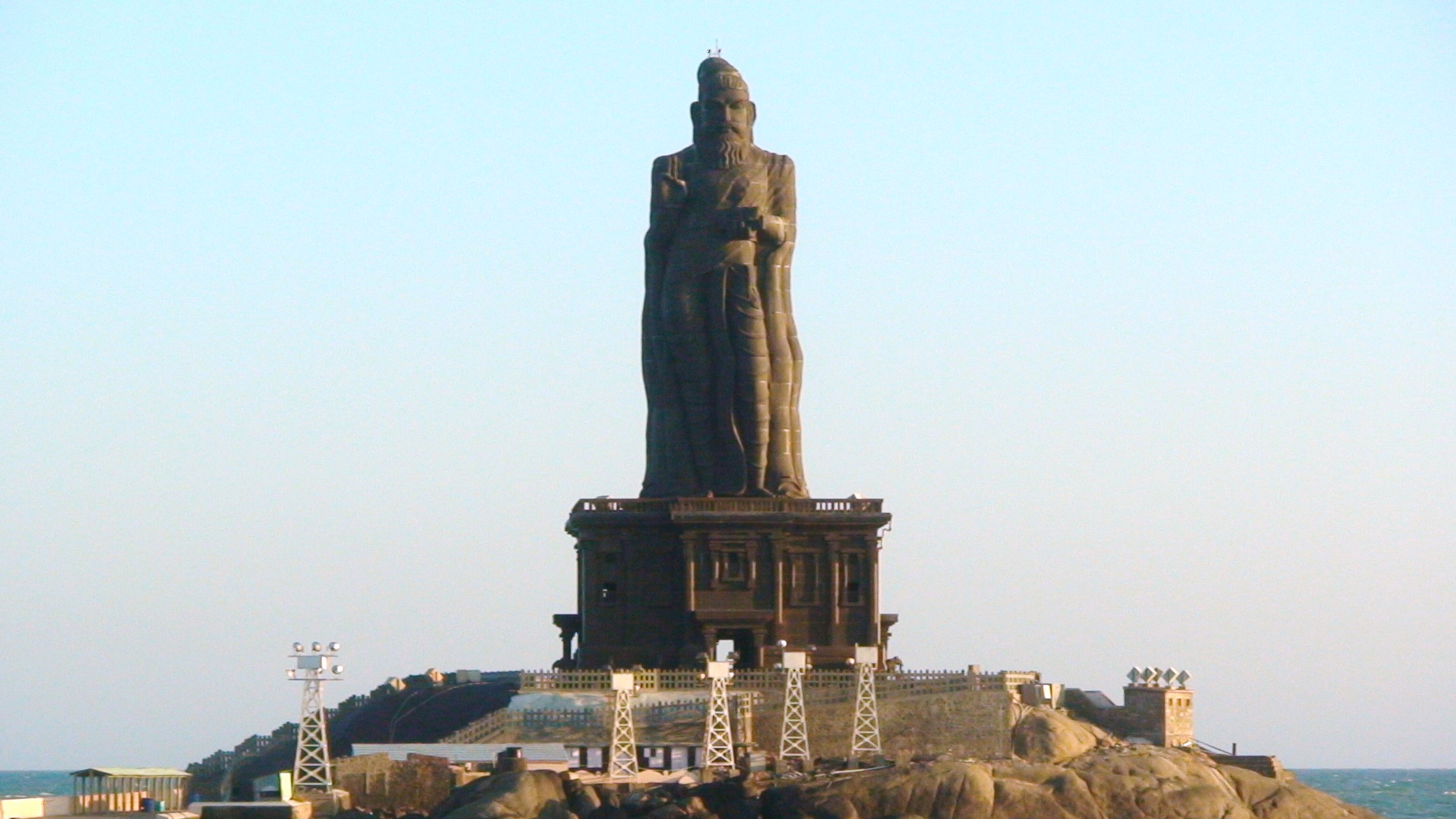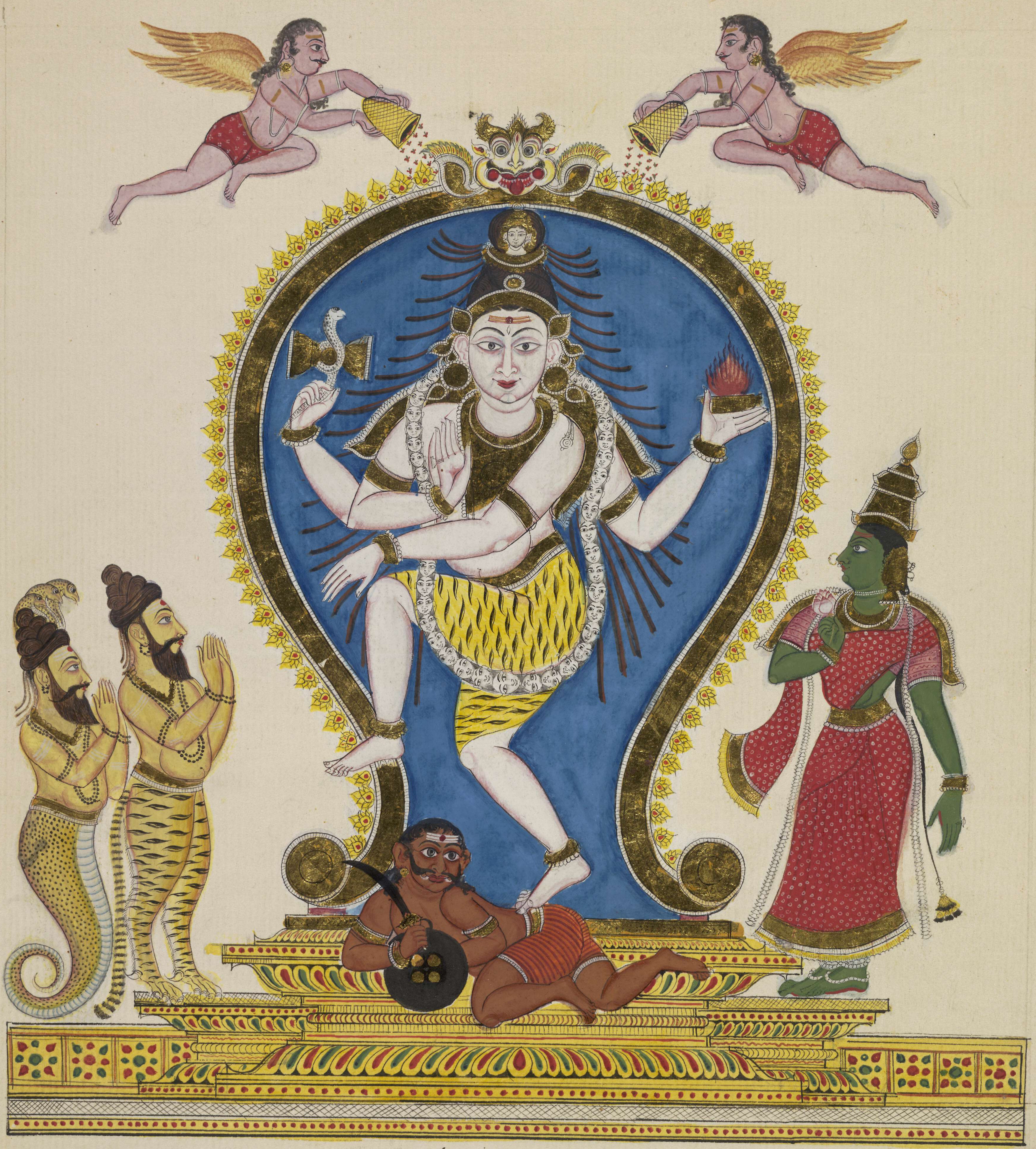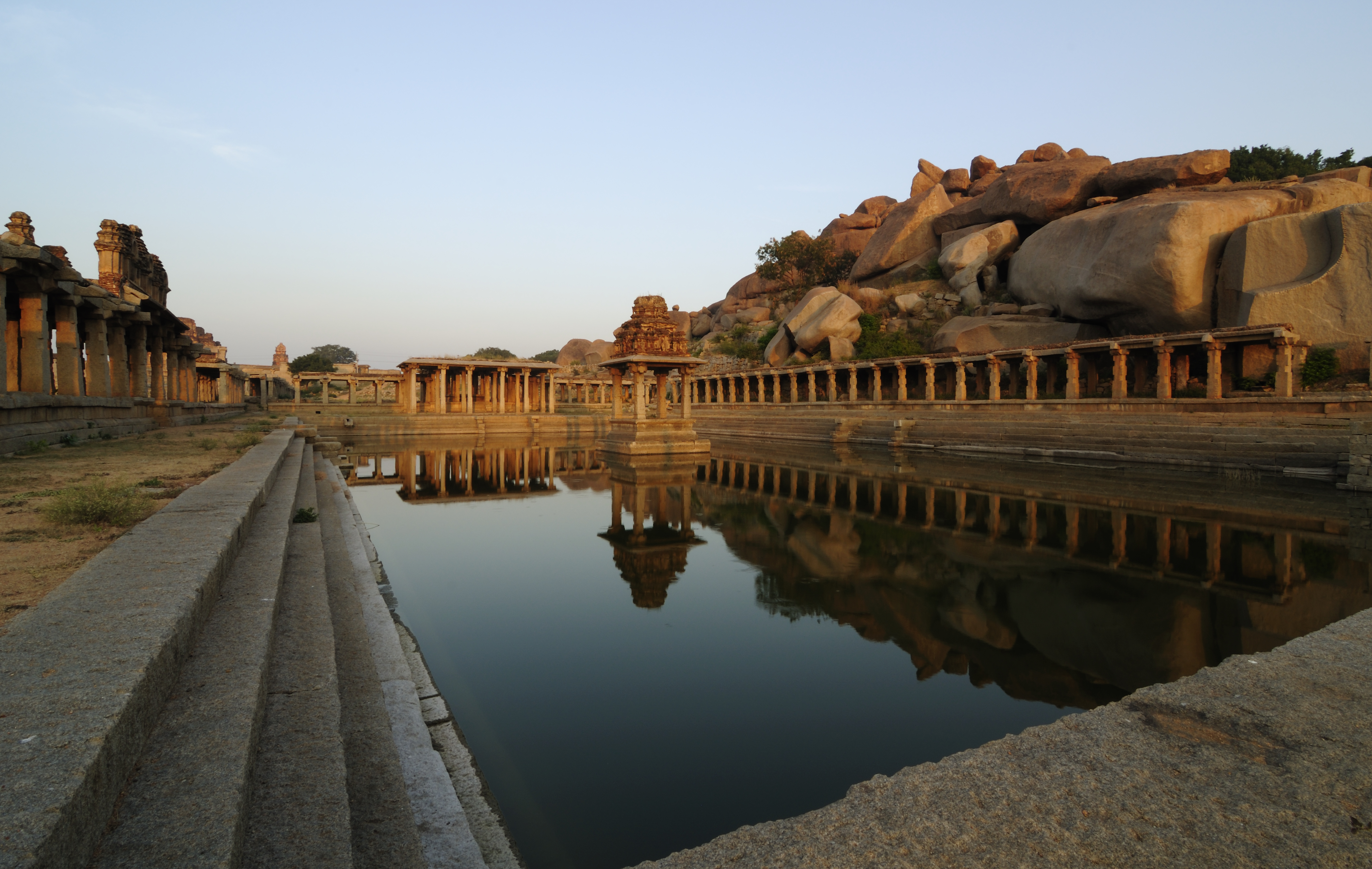|
Vadiveeswaram
Vadiveeswaram is a village, now part of the town of Nagercoil, in Kanyakumari district in the southern Indian state of Tamil Nadu. The village was originally an agraharam, or a traditional double line of houses occupied by Brahmins and flanking a temple or pair of temples. It is most famous as the birthplace of Neelakanta Sivan, a well-known 19th-century composer.. Geography Vadiveeswaram (வடிவீசுவரம் )is located at , on the Pazhayar river (பழையாறு). Among the prominent streets in Vadiveeswaram are Deep Street (Palla Theru),Kezha palla theru, Big Street(Periya Theru)பெரிய தெரு, Dalavai ( தளவாய் ) Street, High Street (Mettu Theru)மேட்டுத்தெரு, East Car Street (Kizhakku Radha Veedhi), West Car Street (Merku Radha Veedhi), Sasthankoil Street and kalmada street , kazhvettankuzhi Street. In 2001, according to the Census of India, Vadiveeswaram had a population of 5,254 people, with 81 per ce ... [...More Info...] [...Related Items...] OR: [Wikipedia] [Google] [Baidu] |
Agraharam
An ''Agraharam'' or ''Agrahara'' was a grant of land and royal income from it, typically by a king or a noble family in India, for religious purposes, particularly to Brahmins to maintain temples in that land or a pilgrimage site and to sustain their families.AA MacdonnellA practical Sanskrit dictionary with transliteration, accentuation, and etymological analysis throughoutLondon: Oxford University Press, page 9 Agraharams were also known as Chaturvedimangalams in ancient times. They were also known as ghatoka, and boya. Agraharams were built and maintained by dynasties such as the Cholas and Pallavas. The name originates from the fact that the agraharams have lines of houses on either side of the road and the temple to the village god at the centre, thus resembling a garland around the temple. According to the traditional Hindu practice of architecture and town-planning, an agraharam is held to be two rows of houses running north–south on either side of a road at one end ... [...More Info...] [...Related Items...] OR: [Wikipedia] [Google] [Baidu] |
Neelakanta Sivan
Neelakanta Sivan (1839–1900) was an Indian composer of Carnatic music. Although he did not receive any formal musical training, his compositions exhibit deep technical brilliance. Neelakanta Sivan was born in 1839 at Vadiveeswaram, a part of Nagercoil, he stayed at Padmanabhapuram, the capital of the old Travancore. His father, Subramanya Iyer, was an official in Neelakantaswamy temple at Padmanabhapuram. His mother was Alagammal. He worked as a village magistrate for a few years and left this profession to take up religious practices. The songs ''Sambo Mahadeva Saranam'' (raga Bowli); ''Ananda nadamaaduvaar Thillai ambalam thannil'' (Purvikalyani); ''Enraikku Sivakirupai varumo'' (Mukaari) ''Enna vanthalum naan unnai marapathillai'' (Kambhoji); ''Oru naal orupozhuthakilum Sivanai ucharikka venum'' (Kamas Kamas may mean * Kamas, Utah * Kamas (raga), a ragam in Carnatic music * KAMAS (program), an acronym for ''Knowledge and Mind Amplification System'', an outline processor * ... [...More Info...] [...Related Items...] OR: [Wikipedia] [Google] [Baidu] |
Village
A village is a clustered human settlement or community, larger than a hamlet but smaller than a town (although the word is often used to describe both hamlets and smaller towns), with a population typically ranging from a few hundred to a few thousand. Though villages are often located in rural areas, the term urban village is also applied to certain urban neighborhoods. Villages are normally permanent, with fixed dwellings; however, transient villages can occur. Further, the dwellings of a village are fairly close to one another, not scattered broadly over the landscape, as a dispersed settlement. In the past, villages were a usual form of community for societies that practice subsistence agriculture, and also for some non-agricultural societies. In Great Britain, a hamlet earned the right to be called a village when it built a church. [...More Info...] [...Related Items...] OR: [Wikipedia] [Google] [Baidu] |
Historical Indian Regions
History (derived ) is the systematic study and the documentation of the human activity. The time period of event before the invention of writing systems is considered prehistory. "History" is an umbrella term comprising past events as well as the memory, discovery, collection, organization, presentation, and interpretation of these events. Historians seek knowledge of the past using historical sources such as written documents, oral accounts, art and material artifacts, and ecological markers. History is not complete and still has debatable mysteries. History is also an academic discipline which uses narrative to describe, examine, question, and analyze past events, and investigate their patterns of cause and effect. Historians often debate which narrative best explains an event, as well as the significance of different causes and effects. Historians also debate the nature of history as an end in itself, as well as its usefulness to give perspective on the problems of the p ... [...More Info...] [...Related Items...] OR: [Wikipedia] [Google] [Baidu] |
Kingdom Of Travancore
The asterisk ( ), from Late Latin , from Ancient Greek , ''asteriskos'', "little star", is a typographical symbol. It is so called because it resembles a conventional image of a heraldic star. Computer scientists and mathematicians often vocalize it as star (as, for example, in ''the A* search algorithm'' or ''C*-algebra''). In English, an asterisk is usually five- or six-pointed in sans-serif typefaces, six-pointed in serif typefaces, and six- or eight-pointed when handwritten. Its most common use is to call out a footnote. It is also often used to censor offensive words. In computer science, the asterisk is commonly used as a wildcard character, or to denote pointers, repetition, or multiplication. History The asterisk has already been used as a symbol in ice age cave paintings. There is also a two thousand-year-old character used by Aristarchus of Samothrace called the , , which he used when proofreading Homeric poetry to mark lines that were duplicated. Origen is k ... [...More Info...] [...Related Items...] OR: [Wikipedia] [Google] [Baidu] |
Kanyakumari
Kanniyakumari (; , referring to Devi Kanya Kumari), also known as Cape Comorin, is a city in Kanniyakumari district in the state of Tamil Nadu, India. It is the southern tip of the Indian subcontinent and the southernmost city in mainland India, thus referred to as 'The Land's End'. The city is situated south of Thiruvananthapuram city, and about south of Nagercoil, the headquarters of Kanniyakumari district. Kanniyakumari is a popular tourist destination and pilgrimage centre in India. Notable tourist spots include its unique sunrise and sunset points, the Thiruvalluvar Statue and Vivekananda Rock Memorial off the coast. Lying at the tip of peninsular India, the town is bordered on the west, south and east by the Laccadive Sea. It has a coastal line of stretched on the three sides. On the shores of the city is a temple dedicated to Goddess Kanniyakumari (the virgin Goddess), after which the town is named.https://thehinduimages.com/details-page.php?id=157918128 ... [...More Info...] [...Related Items...] OR: [Wikipedia] [Google] [Baidu] |
Soora Samharam In Vadiveeswaram Azhagamman Temple
''Soora'' is a 2008 Maldivian drama film written and directed by Fathimath Nahula. Produced under Crystal Entertainment, the film stars Ali Ahmed, Amira Ismail and Aminath Ameela in pivotal roles. Premise Riyaz and Niyaz (both roles played by Ali Ahmed) are two identical twins; Riyaz is happily married to Zeena (Aminath Ameela) while Niyaz is romantically attracted to Nashwa (Amira Ismail) who is being domestically abused by her drug addict husband, Shifan (Mahir). Niyaz was able to save Nashwa from her miserable life but the family met with an unfortunate incident when the cycle Niyaz and Riyaz were driving gets crashed in an accident ultimately killing the latter. Cast * Ali Ahmed as Riyaz / Niyaz * Amira Ismail as Nashwa * Aminath Ameela as Zeena * Arifa Ibrahim as Khadheeja * Hamid Ali as Fuwad * Aminath Shareef as Riyaz and Niyaz's mother * Abdulla Mahir as Shifan * Inayath as Aisha * Yooshau Jameel as Huzam * Haseena as Nashwa's mother * Abdul Raheem * Yoosuf Zuhuree ... [...More Info...] [...Related Items...] OR: [Wikipedia] [Google] [Baidu] |
Vyagrapada Vigneswari
Vyaghrapada (Sanskrit: व्याघ्रपद, IAST: vyāghrapada, lit. ''tiger-footed''), was one of the mythical rishis (sage) of ancient India. The tradition The legend states that Vyaghrapada was a rishi and he was entrusted with the task of picking up fresh flowers, untouched even by the honeybees, for offering to Shiva in his aspect as Nataraja in the temple complex of Chidambaram, located in the Indian state of Tamil Nadu. While plucking the flowers, Vyaghrapada would get wounded on account of thorns and the rough surface. Shiva conferred on him feet of tigers and this ended the sage's miseries. So armed with the tiger's feet, the sage easily moved from place to place, including climbing rough trees to pluck fresh flowers untouched even by the honey bees. Vyaghrapada is also believed to be the founder of the famous Shiva temple at Vaikom in Kottayam district, Kerala. Iconography His image and iconography depicts him as a human being but with the legs of a tiger. H ... [...More Info...] [...Related Items...] OR: [Wikipedia] [Google] [Baidu] |
Temple Tank
Temple tanks are wells or reservoirs built as part of the temple complex near Indian temples. They are called pushkarini, kalyani, kunda, sarovara, tirtha, talab, pukhuri, ambalakkuḷam, etc. in different languages and regions of India. Some tanks are said to cure various diseases and maladies when bathed in. It is possible that these are cultural remnants of structures such as the Great Bath of Mohenjo-daro or Dholavira, which was part of the Indus Valley civilization. Some are stepwells with many steps at the sides. Tank design Since ancient times, the design of water storage has been important in India's temple architecture, especially in western India where dry and monsoon seasons alternate. Temple tank design became an art form in itself. An example of the art of tank design is the large, geometrically spectacular Stepped Tank at the Royal Center at the ruins of Vijayanagara, the capital of the Vijayanagara Empire, surrounding the modern town of Hampi. It is lined with gr ... [...More Info...] [...Related Items...] OR: [Wikipedia] [Google] [Baidu] |



.jpg)



